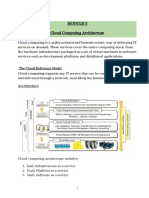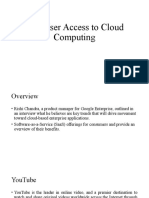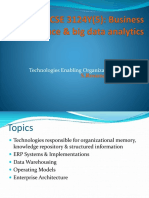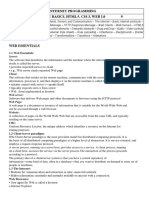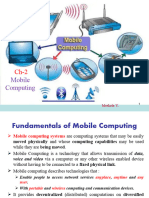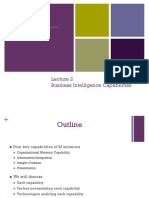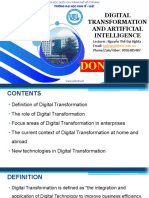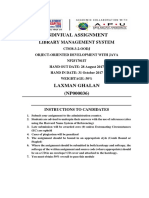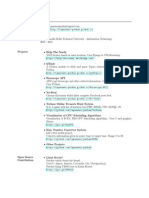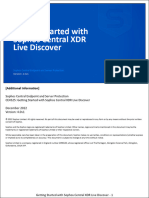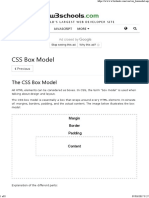0% found this document useful (0 votes)
448 views3 pagesCloud Computing Notes BCA
The document provides an overview of Cloud Computing, defining it as a technology that offers on-demand access to shared computing resources over the internet, highlighting key characteristics and historical developments. It covers cloud architecture components, service models (IaaS, PaaS, SaaS), and various deployment models (public, private, hybrid, community). Additionally, it discusses the benefits of cloud computing, including cost efficiency, scalability, accessibility, and disaster recovery.
Uploaded by
manishjangid449Copyright
© © All Rights Reserved
We take content rights seriously. If you suspect this is your content, claim it here.
Available Formats
Download as PDF, TXT or read online on Scribd
0% found this document useful (0 votes)
448 views3 pagesCloud Computing Notes BCA
The document provides an overview of Cloud Computing, defining it as a technology that offers on-demand access to shared computing resources over the internet, highlighting key characteristics and historical developments. It covers cloud architecture components, service models (IaaS, PaaS, SaaS), and various deployment models (public, private, hybrid, community). Additionally, it discusses the benefits of cloud computing, including cost efficiency, scalability, accessibility, and disaster recovery.
Uploaded by
manishjangid449Copyright
© © All Rights Reserved
We take content rights seriously. If you suspect this is your content, claim it here.
Available Formats
Download as PDF, TXT or read online on Scribd
/ 3














